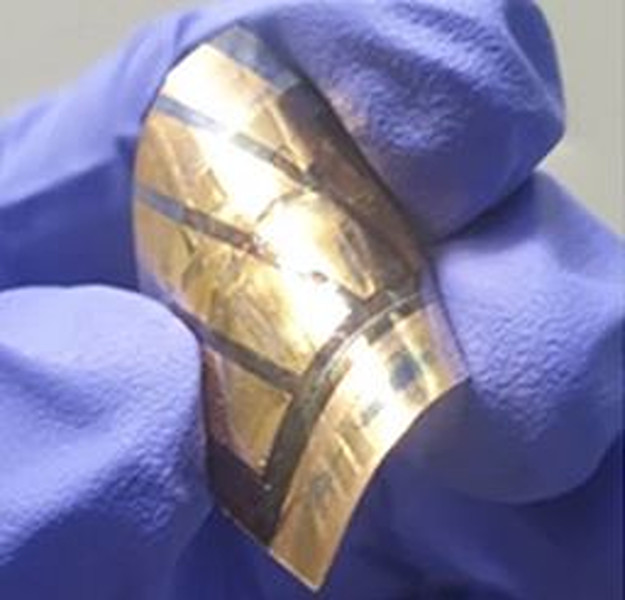A group of researchers in South Korea has developed a flexible quantum dot solar cell based on all-inorganic cesium-lead iodide (CsPbI3) perovskite, which is also known as black perovskite. Cells built with quantum dots are known for showing high photoluminescence (PL) quantum yields, due to strong defect tolerance, and high open-circuit voltages.
Quantum dots are tiny particles of semiconductors that can carry a charge and can be made from various materials. They have been investigated as possible solar cell materials for a long time. Those based on perovskites have proved particularly attractive to researchers working in photovoltaics, having already demonstrated efficiencies beyond 16%.
The Korean scientists said the advantage of CsPbI3 perovskite quantum dots consists of their ability to be easily deposited on any substrate at desired nanoscale thicknesses using a layer-by-layer (LBL) method at room temperature. “Such a facile and low-temperature process facilitates the fabrication of devices even on lightweight and flexible polymer-based substrates,” they explained.
Another important feature of the cell is represented by its electron transport layer (ETL), which was fabricated with room-temperature-processed tin oxide (SnO2) and is intended to improve photovoltaic performance through energy level control, while minimizing damage to the polymer substrate through the low-temperature process. “The energy level of SnO2 is controlled by doping gallium ions to reduce the energy level mismatch with the perovskite quantum dots,” the academics said.
The group built the cell with a substrate made of indium tin oxide (ITO), the ETL based on SnO2, the CsPbI3-QD absorber, a hole transport layer (HTL) based on Spiro-OMeTAD, and a gold (Au) metal contact.
Popular content
Tested under standard illumination conditions, the cell achieved a power conversion efficiency of f 12.70%, which the scientists said is the highest ever reported for all types of flexible quantum dot solar cells to date. They found the cell was also able to retain around 94% of its initial efficiency after 500 bending tests.
“CsPbI3 perovskite quantum dot films are expected to provide better mechanical stability than bulk perovskite films owing to their nanoscale grain boundaries and soft surface ligands, thus underscoring their potential as flexible device components,” they further explained.
The new solar cell was introduced in the study “Completely annealing-free flexible Perovskite quantum dot solar cells employing UV-sintered Ga-doped SnO2 electron transport layers,” published in npj flexible electronics. The research group was formed by scientists from Hanyang University and Kookmin University in South Korea.
This content is protected by copyright and may not be reused. If you want to cooperate with us and would like to reuse some of our content, please contact: editors@pv-magazine.com.



By submitting this form you agree to pv magazine using your data for the purposes of publishing your comment.
Your personal data will only be disclosed or otherwise transmitted to third parties for the purposes of spam filtering or if this is necessary for technical maintenance of the website. Any other transfer to third parties will not take place unless this is justified on the basis of applicable data protection regulations or if pv magazine is legally obliged to do so.
You may revoke this consent at any time with effect for the future, in which case your personal data will be deleted immediately. Otherwise, your data will be deleted if pv magazine has processed your request or the purpose of data storage is fulfilled.
Further information on data privacy can be found in our Data Protection Policy.